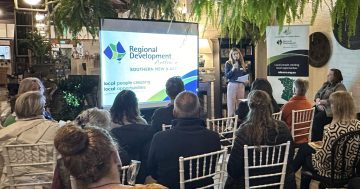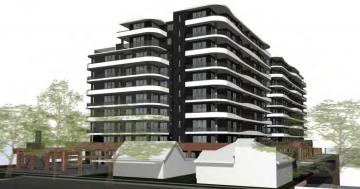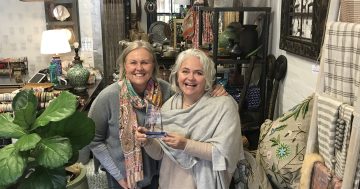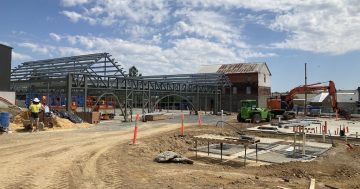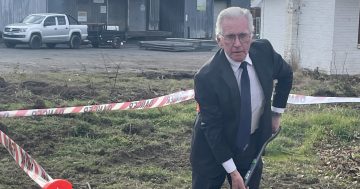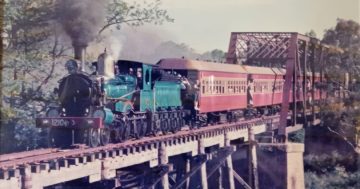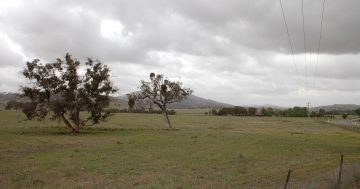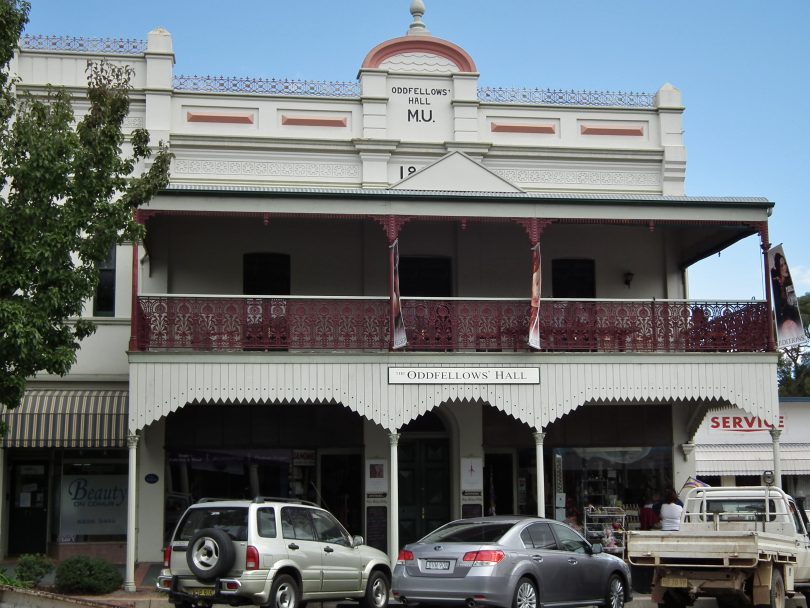
Historic Yass is feeling the pressure from Canberra’s growth.
The population boom in the bush capital means that by 2020, we’ll likely top 420,000 within the ACT. But as more people opt for an interstate commute from Yass or Queanbeyan and push our growth outwards, how do those communities keep their country character and avoid turning into Canberra’s dormitories?
Yass Valley Mayor Rowena Abbey, who also chairs the Canberra Region Joint Organisation, says the results from continuous growth of around 2% have been remarkable. “We have two nursing homes and eight childcare centres. The high school is full, so are the primary schools which is a good omen with lots of young people and families. There are also retirees – people who have lived in Canberra and want to see the stars, have some space.” And the long-awaited consensus on duplicating the Barton Highway will eventually boost that growth further as it reduces travel times.
The newcomers add much to the community, Abbey says, but the combination of multiple small blocks and urban expectations can be trouble. “They expect all their roads to be tarred and can’t understand why it’s not done instantly. Rural subdivisions make money for developers, but they don’t generate that much income in terms of Council revenue.”
“We fairly regularly explain the budget and our 12-month operational plan at face to face meetings. But you do have interesting conversations about service provision where there are subdivisions on the edge of the villages,” Abbey says. A number of Gundaroo residents are resisting Council’s plans for a centralised sewerage scheme despite two new planned developments, an argument that goes to the heart of how much growth residents want. “And some Sutton residents recently suggested to me that they were considering seceding.”

Gundaroo residents are resisting centralised sewerage plans.
Matters only get more complex for the Ginninderry development, partially within Yass boundaries but actually only accessible from the ACT. “We haven’t got an agreement at this stage with the ACT on how the services will be delivered. It will be challenging because if the services are provided from Canberra, we’ll essentially be a rate collection body that pays the ACT.”
“It’s a fair way off, but managing the whole community’s expectations will be a major issue with potentially as many people as there are now in the whole Yass valley. And I don’t see anyone building a big new bridge to improve the access.”
Abbey says while she is “still betwixt and between” on proposals for moving the state line at Ginninderry, it’s not the only border issue. Planned development near Mulligan’s Flat, for example, is also complicated by service provision. “We won’t run a pipeline uphill from Yass to provide water while we’re concerned about the long-term water security of our whole Yass community.”
In the opposite direction, Queanbeyan Palerang Regional Council Mayor Tim Overall rejects the suggestion that his town is little more than a suburb of Canberra now. “People still see Queanbeyan as a friendly country town, and we want to maintain that feel. But we do need to transform the CBD and increase density for retail and residential use.” Overall says this will mean not only a new police station and Council headquarters, but potentially a nine-screen multiplex cinema and residential density at six to eight storeys in the town centre.
Council and Icon Water are collaborating on plans for a new sewage plant to replace the current aged, faulty and overflowing facility and to service Fyshwick. Overall also nominates streamlining cross-border transport as one of the most urgent issues, whether by better bus services or the long-term vision of light rail.
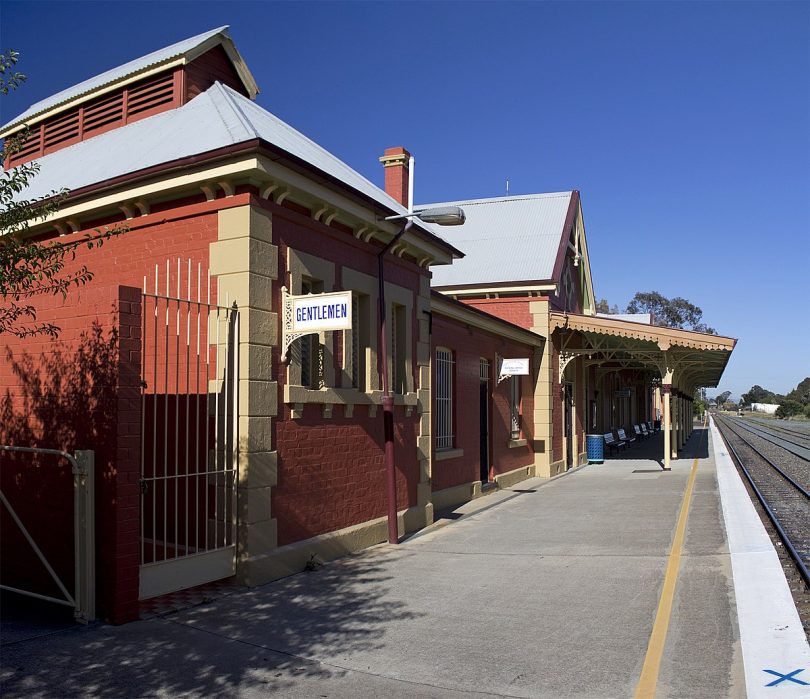
Transport continues to be a problem between Canberra and Queanbeyan.
But if the relationship between Queanbeyan and Canberra is chugging along nicely, it’s more complicated at Bungendore. There, development of 800 to 900 new lots is stalled until the water supply is proven since the town is currently reliant on underground reserves.
“There are also very strong feelings that they want to retain their village character”, Overall says. “That’s very important to them, so it will be single storey residential or maybe two at the most. We need to look at a new sporting hub for the community, and a potential bypass route on the Kings Highway.”
So what’s on the wish list for each Mayor? Tim Overall wants a Federal government department like Gungahlin, while Rowena Abbey would like help sorting out cross-border education issues and points to the fact that the regions host most of our renewable energy commitments despite Canberra’s green power guarantees. In the end, she says, “What matters is good working relationships through a regional process, because the ACT needs the region as much as the region needs the ACT.”
Can rural communities keep their own identity as Canberra grows?












